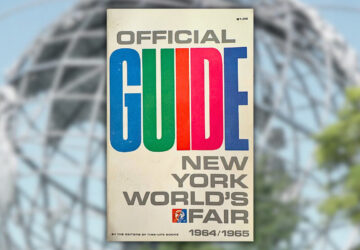https://www.youtube.com/watch?v=GStPqqAoQKk&feature=youtu.be&a
The Bowery was a run-down no-go area 50 years ago, but is now largely gentrified, with $500-a-night hotels and expensive restaurants nestling around the New Museum. In their first ever interview, documentary-makers Alan Raymond and Dan Halas told how they were students at NYU when they wandered over to the Lower East Side road with a camera to ask its residents just one question: “How do you like the Bowery?” The filmmakers who shot the seminal 1960s documentary on alcoholics and vagrants, How Do You Like The Bowery? have revealed to Boo Paterson, an Untapped Cities writer, how it was originally panned, before being hailed as a classic.
The men’s responses –which are shot in stark close-up, showing every facial crease and missing tooth –range from the optimistic to the downright tragic. One man, whose swollen nose makes him look like WC Fields, says: “I’ve been in the Bowery 14 years. I was working nine years in a place and my wife got killed by a car and that’s why I’m down here. I don’t really like it, but misery likes company.”
But if there can be a star of the film, it is an explosive, almost cartoon-like character called West Side Red, who talks about himself in the third person, and seems like he could have walked off the set of On The Waterfront. Looking like a beat-up Jimmy Cagney, he says: “West Side Red was over on Pier 90–the pistol local 824. Red is a retired gunman, but I don’t work no more so they leave me alone because I retired…Red retired ‘cause I did a bit in Sing Sing and that cured me, I don’t wanna go back to jail no more.”
The 12-minute film–which is now acknowledged as a classic–was made in 1961 as part of an advanced production class in the undergraduate program at Washington Square College. “We shot the film over a number of weekends and I think right away we knew we were on to something. The footage of the men was just so raw and compelling with one great story after another,” says Alan, who has won an Oscar and countless Emmys through his film company Video Vérité. “Unlike today, the Bowery then was a genuine ‘skid row’ with more than 25 flop houses and men suffering from severe alcoholism. Most New Yorkers at the time avoided it and considered the men there to be ‘bums’.”
Dan, who took six months to edit the film, says: “The Bowery was near NYU and we thought it was a colorful area that would lend itself well to a school project. We were too involved in making a film rather than being afraid of our subject matter.” But while the pair felt they’d created something unique by capturing the voices of these desperate, broken men, the people that they’d hoped to impress with the film thought it was terrible.
Alan–who was just 20 at the time–explains: “When we screened the silent rushes, we were roundly criticized by both our fellow students and the professor running the class. I would say they actively disliked it. They wrote us off as outlaws and eccentrics. Dan was a senior, and he received a grade of D. Because I was just a junior I think the professor was a bit kinder to me. I got a C. I recall being pretty disappointed after all our hard work.”
“But then a wonderful turn of events happened. The film critic Stanley Kauffman had a television show called The Art of Film. He called NYU and said he wanted to devote one of his programs to student film-making…and he picked our film to show. “So How Do You Like The Bowery? aired on the New York City PBS station, and Kauffman was effusive in his praise, saying we had done a great job of capturing the reality of the “lost souls” on the Bowery.
“The experience of being first criticized and then praised for the same film was a great life lesson for me. I came to realize that not every film you make is appreciated at the time you make it. And, in fact, How Do You Like The Bowery? is a true document of a bygone era in New York .”
Check out the 12-minute film on YouTube. Read the full story on Boo York City. All images film stills from How Do You Like the Bowery? by Alan Raymond/Dan Halas via Boo York City.





